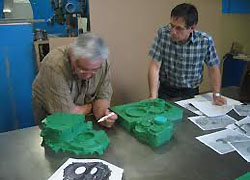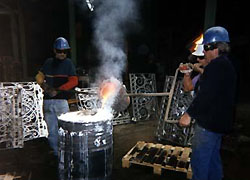Very Simple Image Gallery:
Could not find folder /home/dccolumn/public_html/site/images/configurator/kop80/
png |
Very Simple Image Gallery:
Could not find folder /home/dccolumn/public_html/site/images/configurator/pole80/
{vsig_c} 1 | 80 pole/vsig_c} 80P1 {1. png |
{vsig_c} 1 | 80 pole 2.80P2 {/vsig_c} png |
png |
Very Simple Image Gallery:
Could not find folder /home/dccolumn/public_html/site/images/configurator/ringt80/
Very Simple Image Gallery:
Could not find folder /home/dccolumn/public_html/site/images/configurator/ringb80/
Very Simple Image Gallery:
Could not find folder /home/dccolumn/public_html/site/images/configurator/voet80/





 Since our columns are in cast or extruded in aluminium, they are much lighter than columns in cast iron, and, therefore, much easier to handle and to install.
Since our columns are in cast or extruded in aluminium, they are much lighter than columns in cast iron, and, therefore, much easier to handle and to install.















































